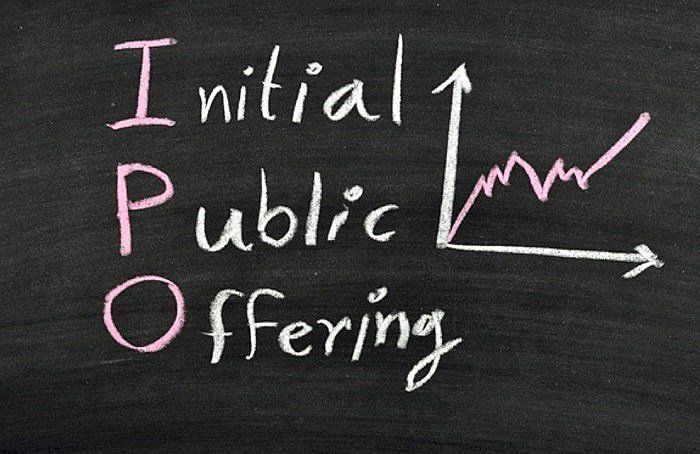[ad_1]
IPO vs. Direct Listing: An Overview
Companies seeking to raise interest-free capital from the public mostly take the initial public offering (IPO) route to publicly list their shares on stock exchanges. The public listing represents the first instance of a company selling its shares to common investors.
There are two ways to list the shares—the standard and popular IPO process, and the direct listing process. This article explores the difference between the two.
Initial Public Offering
In most cases, the shares listing process is performed by the company by using the services of intermediaries called underwriters, who facilitate the IPO process and charge a commission for their work.
IPO underwriters are financial experts who help the company go public. They work closely with it to perform various functions, which include deciding the initial offer price of the shares to be sold, helping with regulatory requirements, buying the shares from the company, and then selling them to the various investors via their distribution networks.
Their network comprises investment banks, broker-dealers, mutual funds, and insurance companies. The interest received from the network participants helps the underwriters set a realistic IPO price of the stock. Underwriters may also provide a guarantee of sale for a specified number of stocks at the initial price, and may also purchase anything in excess.
Underwriters charge a fee for their services, which may range anywhere from 2 percent to 8 percent. This means that a significant portion of the capital raised through the IPO exercise goes to such intermediaries. It is a cost to both the company and to investors, as the company receives lower capital and investors get the shares at a higher price.
Essentially, while the underwriters and other involved parties take care of the major portion of the end-to-end share listing process, it comes at a high cost.
Direct Listing Process
Smaller companies or startups that want to do a public listing may not have the resources to pay the high costs to underwriters or may not want to pay those costs. Such entities often choose to proceed by using the direct listing process, a less-expensive alternative to an IPO.
[Important: In DLP, the business sells shares directly to the public without the help of any intermediaries. It does not involve any underwriters or other intermediaries, there are no new shares issued, and there is no lock-up period.]
The existing investors, promoters, and even employees holding shares of the company can directly sell their shares to the public. The process is considered to be more democratic and decentralized.
However, the zero- to low-cost advantage also comes with certain risks for the company, which also percolate down to the stock investors. There is no support or guarantee for the share sale, no promotions, no safe long-term investors, no possibility of options like greenshoe, and no defense by large shareholders against any volatility in the share price during and after the share listing. The greenshoe option is a provision in an underwriting agreement that grants the underwriter the right to sell investors more shares than originally planned by the issuer if the demand for a security issue proves particularly strong.
IPO vs. Direct Listing Example
While many small-sized startups in the technology and biotech sectors have used the DLP process for a share listing in the recent past, the news of Spotify’s massive public listing filing for the DLP route has made headlines.
Reuters calculations value Spotify at around $19 billion. Despite being considered a unicorn, a large entity like Spotify going for a direct listing of shares is seen as setting new benchmarks for the listing process, which may see more mid- and large-sized organizations going the DLP route in the future.
Key Takeaways
- A company looking to raise interest-free capital from the public by listing its shares has two options—the standard and popular IPO process or the direct listing process.
- With IPOs, the company uses the services of intermediaries called underwriters, who facilitate the IPO process and charge a commission for their work.
- Smaller companies or startups that want to do a public listing may need a more affordable option than hiring expensive underwriters. They often choose the direct listing process, a less-expensive option than an IPO.
- DLP is also known as Direct Placement or Direct Public Offering. In this process, the company sells shares directly to the public without getting help from intermediaries.
[ad_2]
Source link Google News

